Quick Links
Leather: A popular material in the fashion world that has existed since the old days. From chic footwear to cropped jackets, leather is a wardrobe must-have.
We all know that animal leather is not environmentally friendly. And even though we now have vegan leather, which is supposedly more sustainable, this is not really the case. Plant-based leathers may be sustainable but synthetic leather made of plastic is not. And now there is a new kid on the block, cactus leather.
So is cactus leather sustainable? Is this vegan leather a viable alternative? Let’s find out.
What is cactus leather?
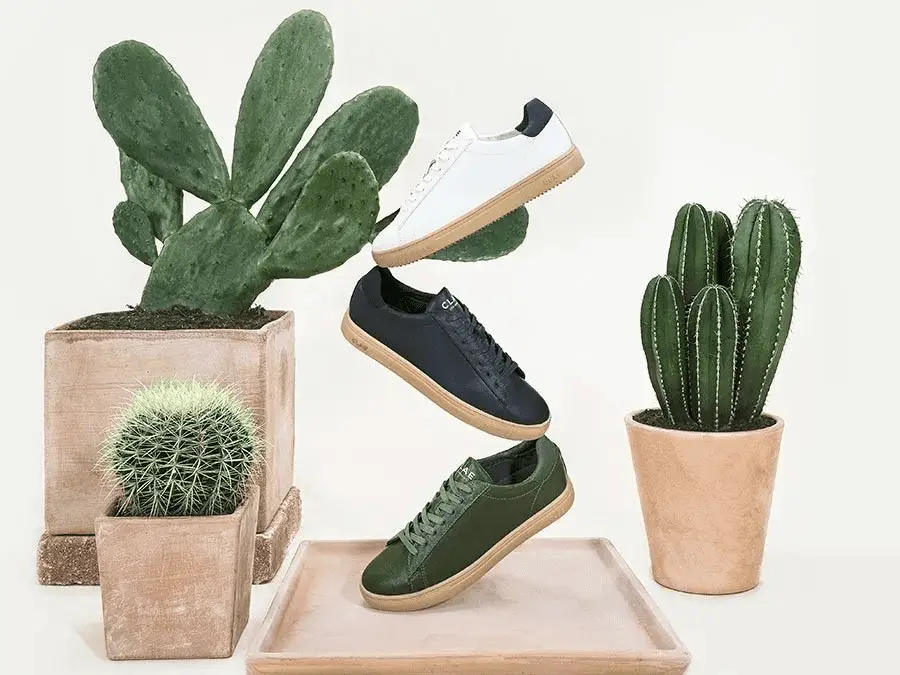
Cactus leather is a type of vegan leather obtained from nopal (also known as prickly pear) cactus.
Prickly pear cactus is a flat-stemmed cactus primarily found in hot and dry climates. The plant grows in some of the poorest conditions, like on rocky or degraded soils, and requires very little water to grow. You may be wondering how such a plant can become useful, especially in the fashion world.
Cactus leather is an innovative material with similar applications and functionality to natural leather, and it is useful in the automotive, furniture, and fashion industries.
How is cactus leather made?
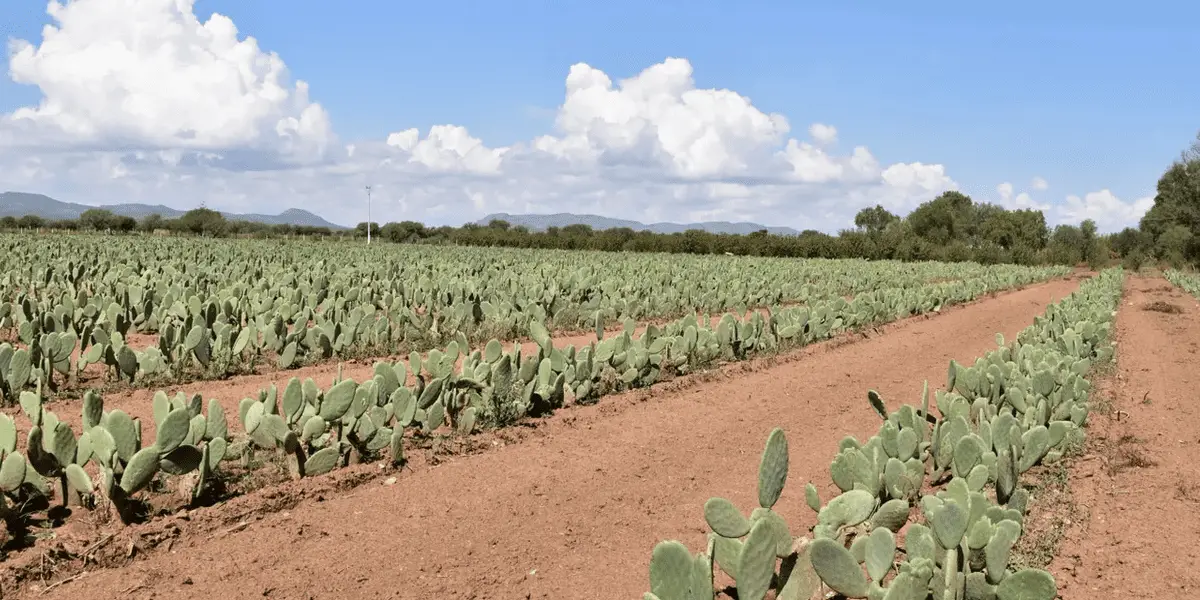
The primary raw material for cactus leather is either young or mature leaves of cactus plants. Manufacturing this vegan leather begins with harvesting cactus leaves (not the cactus plant), and the leaves take around 6-8 months to regrow and can be harvested again.
After harvesting, the leaves are cleaned, cut into small pieces, and mashed.
The mashed leaves are sundried in a solarium for about 3-4 days.
Once dry, the organic material is ground into powder. After this stage, Desserto uses a patented formula to mix the powder with non-toxic chemicals to produce cactus leather. Depending on the intended use, the product can now be shaped to any texture or color.
The remaining organic material, which is not used during the production of cactus leather, is sold to the food industry, where it is used to make dietary supplements or even brew beer.
Who makes cactus leather?
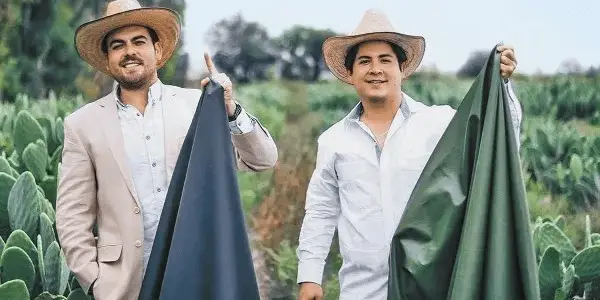
Desserto, a Mexican-based brand, is the leading and currently the only manufacturer of cactus leather. The idea of this type of leather was born out of frustration with the environmental toll caused by leather by two Mexican entrepreneurs who had both interacted with leather in the fashion, furniture, and automotive industries.
Adrián López Velarde and Marte Cázarez decided to take on a journey that would bring a solution to the problems in the leather industry. After two years of research, they found a suitable material to replace the animal or synthetic leather. This is how Desserto cactus leather was born, now taking the leather industry by storm.
They make the cactus leather from young leaves of organically grown prickly pear cactus and use a patented formula to process the leather. Desserto harvests the cactus from their plantation in the Mexican State of Zacatecas.
Desserto’s goal is to provide a sustainable leather alternative to consumer industries interested in providing eco-friendly materials to their customers.
Desserto’s cactus leather is high quality, durable, and waterproof. The leather is also lauded for its breathability, which other vegan leather lack.
Is cactus leather sustainable?

Photo by Artem Maltsev on Unsplash
Cactus leather is a highly sustainable material. Let’s take a look at the sustainability of this vegan leather below;
Promotes biodiversity
Cactus plants are habitats for various animals and birds, and even before Desserto came into existence, cactus plants were already very abundant in Mexico. This means that using cactus does not threaten biodiversity but effortlessly promotes its flourishing.
Also, Desserto’s cactus plantation promotes afforestation. Desserto did not have to cut any trees on their farm to plant the cactus plants.
Water use
Secondly, the cactus is a desert plant that requires very little water to grow. Producing 1 kilogram of its dry material requires an average of 200 liters of water, while an average crop takes about 1000 liters of water to yield the same quantity of material.
Desserto’s plantation has no irrigation systems; they rely on the area’s rainfall which is always adequate for the crops.
Sustainable material
Cactus is a resilient plant adapted to extreme conditions and can even grow in degraded soils where other crops would not survive.
Also, cactus is a renewable material. Desserto harvests mature cactus leaves from cacti without cutting the plant. The leaves are regenerative and grow back within 6-8 months, and this means that they do not disturb the soil in the process. A nopal cactus lives approximately eight years before you can uproot it.
Energy efficient
Unlike other leather manufacturing processes, cactus leather cuts down on energy costs, considering the cactus leaves are sundried and no mechanical means are used. The manufacturers use a solarium or a sunroom rather than industrial dryers to dry the cactus leaves.
Carbon sequestration
Growing cactus is good for the environment, and Cactus trees are good at carbon sequestration. According to Desserto, their 14 acres of organic cactus plantation absorbs 8100 tons of carbon dioxide while they only generate 15.3 tons annually, which means they are actually carbon positive.
Toxic free
Growing cacti does not require any herbicides or pesticides, and Desserto cactus is USDA certified and organically grown. Also, the production process of cactus leather does not use any toxic chemicals, phthalates, or PVC.
Zero waste
Cactus is a low-waste product, and the by-product of cactus leather is sold nationally or exported to the food industry.
While the leaves of the nopal cactus plant make leather, the fruits are used in the food industry as they are known to have many nutritional and health benefits. The fruits can even be eaten raw.
Cruelty-free
Traditional leather is known for its animal cruelty. Cactus leather is animal friendly; no animals are killed or mistreated in its production.
Durability
Vegan leather is thinner than animal leather which makes it last for a short time. But this is not the case for cactus leather. It is more resilient and strong than other vegan leathers. When well taken care of, cactus leather has a life span of ten years.
Partially biodegradable
Cactus leather is a bio-based material, but depending on the intended use of the textile, it is often backed with other materials such as recycled cotton and polyester. When backed with synthetic fabrics, it becomes partially biodegradable.
Also, cactus leather is recyclable.
Is cactus leather better than leather?
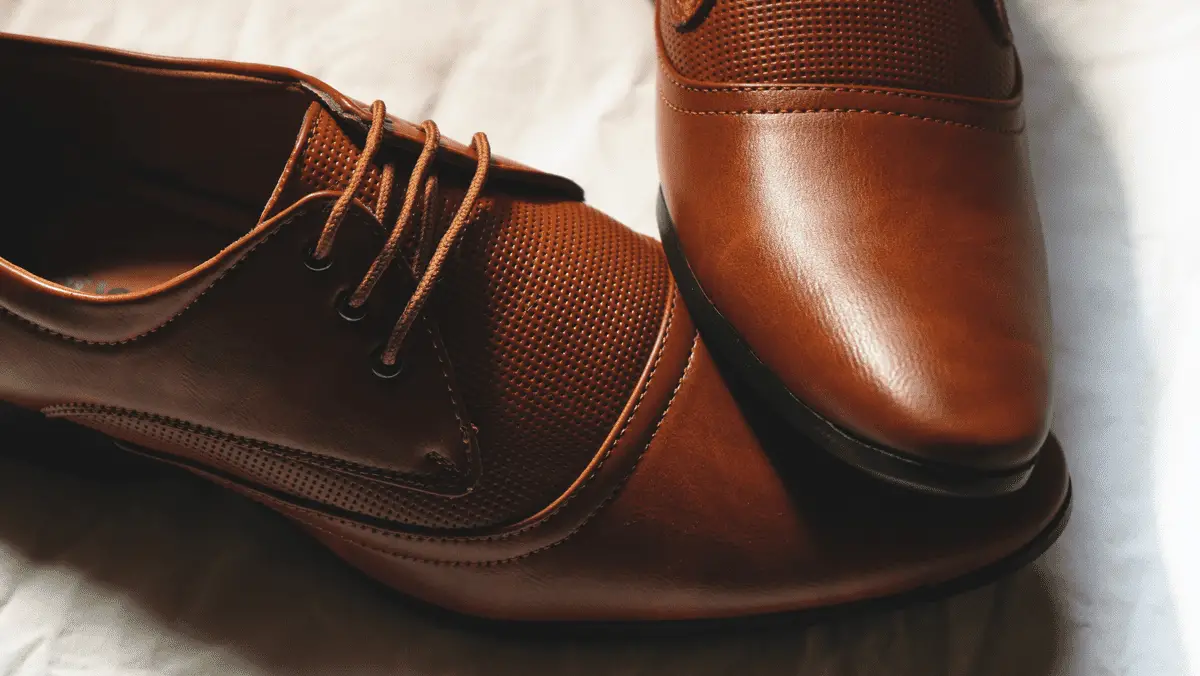
Cactus leather is better than traditional leather, and its environmental benefits outweigh those of real leather.
Although traditional leather has existed since time immemorial, it raises many sustainability issues, which the fashion industry tends to ignore.
Traditional leather is obtained from animal skins such as cows and goats. Cattle rearing is not environmentally friendly. The natural resources needed to raise animals are many, starting with the fact that they consume a lot of water, need vast tracts of land, and require feeding. Animal waste emits methane, one of the greenhouse gases that cause climate change.
Also, as the demand for meat continues to rise, there have been rising concerns about animal cruelty. Some farmers are more focused on making a profit and overlook animal welfare. Animals are mistreated; some remain enclosed in small dark rooms while others have even their feathers plucked out alive.
From an environmental point of view, the argument that skin used to make traditional leather is a by-product of the meat industry that would otherwise end up in landfills is valid.
However, we cannot ignore the fact that the leather tanning process is un-eco-friendly. The production process uses tanning liquor, chromium salts, and other toxic chemicals, and this process releases wastewater containing these harmful chemicals that find their way into our water bodies.
Also, it is sad to mention that almost 70% of untreated hide, hair, meat, fat, ligaments, etc., still ends up in landfills.
Another sad thing is that there are manufacturers that source their hides from endangered animal species, such as alligators, kangaroos, etc., to provide expensive leather to ‘rich people.’
Find out if Lyocell Fabric is a better alternative here.
Pros and cons of Cactus leather

Pros
Cactus leather is more durable than other vegan leathers and can last more than a decade.
Cactus leather is a sustainable alternative to animal leather and pleather (plastic leather). It is made with sustainable materials, uses less water and energy, is cruelty-free, and is non-toxic.
Versatile- cactus leather has many applications; Manufacturers can use it for clothing, shoes, car interiors, and even car seats etc.
It is easy to clean and hard to stain.
It is breathable- cactus is a porous plant, able to wick moisture and handle humidity and liquids very well.
Its color does not fade with time.
Cons
Cactus leather is difficult to find- it is only made by one manufacturer, Desserto, which is still a growing company. We expect that with the rising demand for vegan leather, Desserto will be able to produce more and make its materials accessible to many brands.
A bit pricey- cactus leather is more expensive than other vegan leathers, which makes it available only to the wealthy minority.
Uses of cactus leather

Cactus leather is a perfect alternative to animal leather and can be used in almost everything that animal leather is used. Some common uses include;
In the fashion industry, it is used to make clothes, shoes, bags, wallets, etc.
In the furniture industry, to make high-end furniture.
In the automotive industry, for car seats and interiors.
How to care for cactus leather

Just like your skin, cactus leather requires good care as it is highly organic. Cactus leather is easy to care for. Here are the dos and don’ts for caring for your cactus leather products.
Dos
To remove dust or dirt, use a clean damp cloth to wipe it off. You can add a little amount of mild soap to the cloth to remove extra dirt.
For clothing, spot clean as needed and air dry by hanging or laying flat.
Don’ts
Avoid using harsh chemicals, household cleaning products, or acetone to clean the product.
Keep off hot objects and avoid prolonged exposure to direct sunlight.
Cactus leather vs. traditional leather
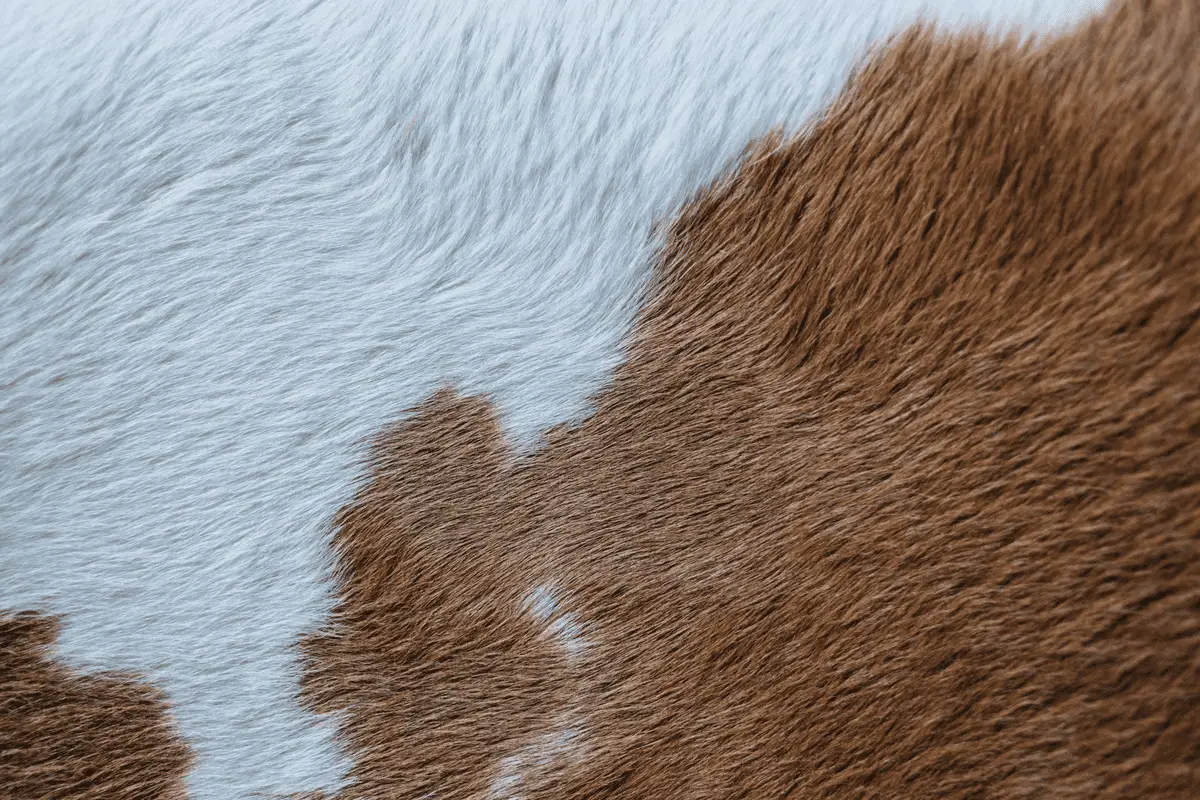
From the above, it is clear that cactus leather is more eco-friendly than animal leather.
The two types of leather have a few similarities; Both are luxury products, versatile, and their prices are quite comparable.
Cactus leather vs. other vegan leathers
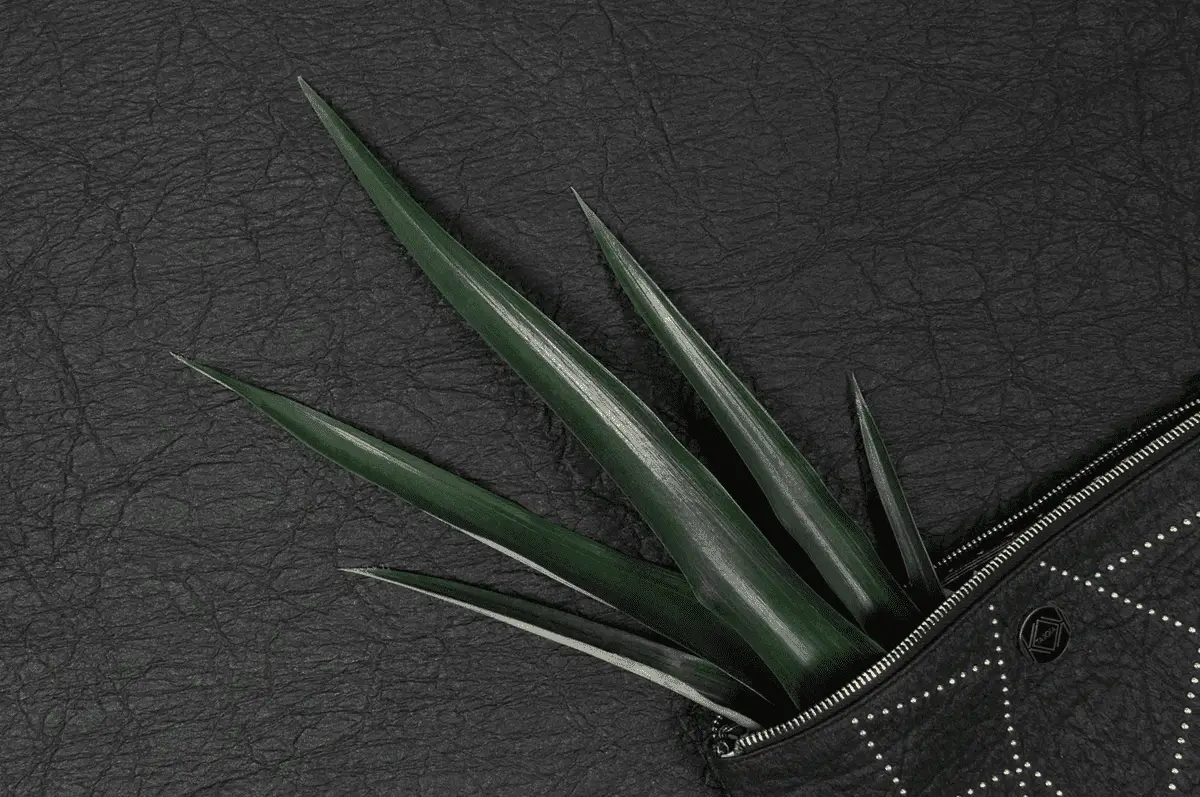
Besides cactus leather, there are so many other types of faux leather, namely;
Plastic-based leather (pleather),
Pinatex- pineapple leather,
Mushroom leather, and
Grape leather etc.
So, how does cactus leather differ from these other leathers?
While both cacti and plastic leather are vegan, plastic leather is made of plastic and contains toxic chemicals that are not good for the environment.
Also, pleather is not biodegradable. Even though it is sometimes made from recycled plastic waste, the fact that it is not biodegradable still results in the plastic pollution crisis.
Cactus leather is more durable and breathable than most artificial leathers.
It is also more resilient and has a wider application than artificial leather.
Also, artificial leathers are cheaper than cactus leather.
Is eco leather the better solution or are we being greenwashed?
Is cactus leather cheaper?
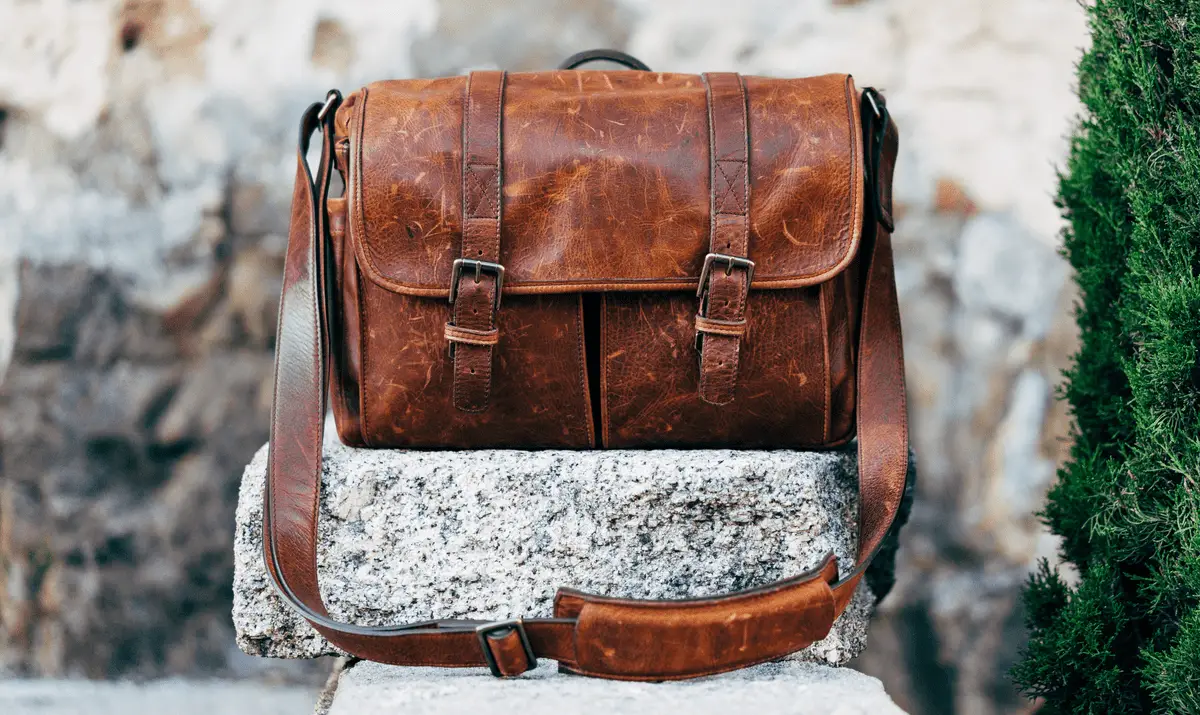
Cactus leather prices compare with those of genuine leather, and they are both luxurious materials, costing much higher than other vegan leathers.
The fashion industry gurus speculate that cactus leather might become cheaper than genuine leather once it becomes readily available. This means we can affordably maintain sustainable fashion.
Where to buy cactus leather products
Vegan brands are happy with cactus leather and are embracing it with both arms. Here are some brands making vegan leather products using cactus leather.
Kalon

Kalon is a woman-owned vegan brand inspired by women in tech. It aims to make timeless and sustainable pieces suitable for everyday use and effortlessly elevate your looks.
The Wit 5-in-1 bag is made of Desserto cactus leather. This multipurpose bag allows you to use it as a handbag, backpack, shoulder bag, cross-body bag, or top handle bag by switching around its components.
Sentient
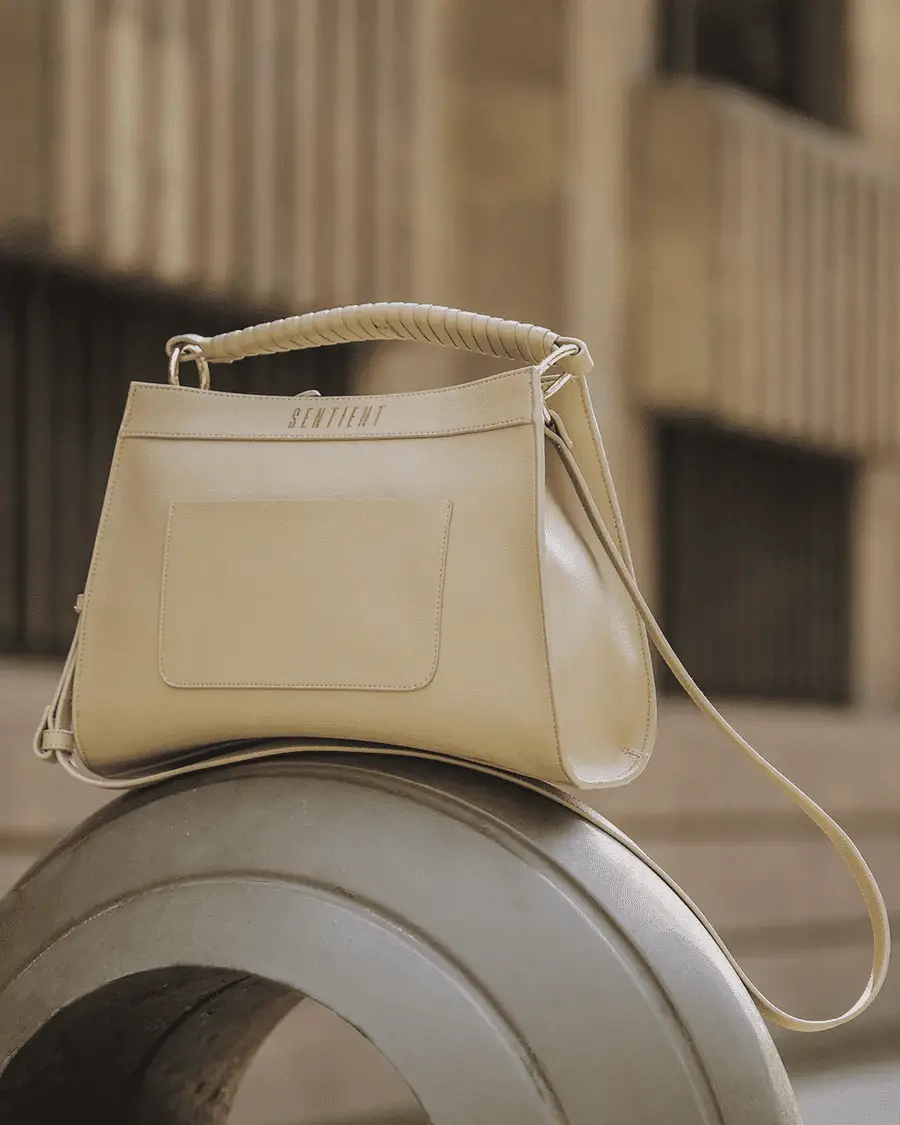
This Mexican vegan brand has all the leather products you need, from jackets, dresses, shorts, bags, and other accessories.
Their products are ethically manufactured with Desserto cactus leather.
Clae shoes
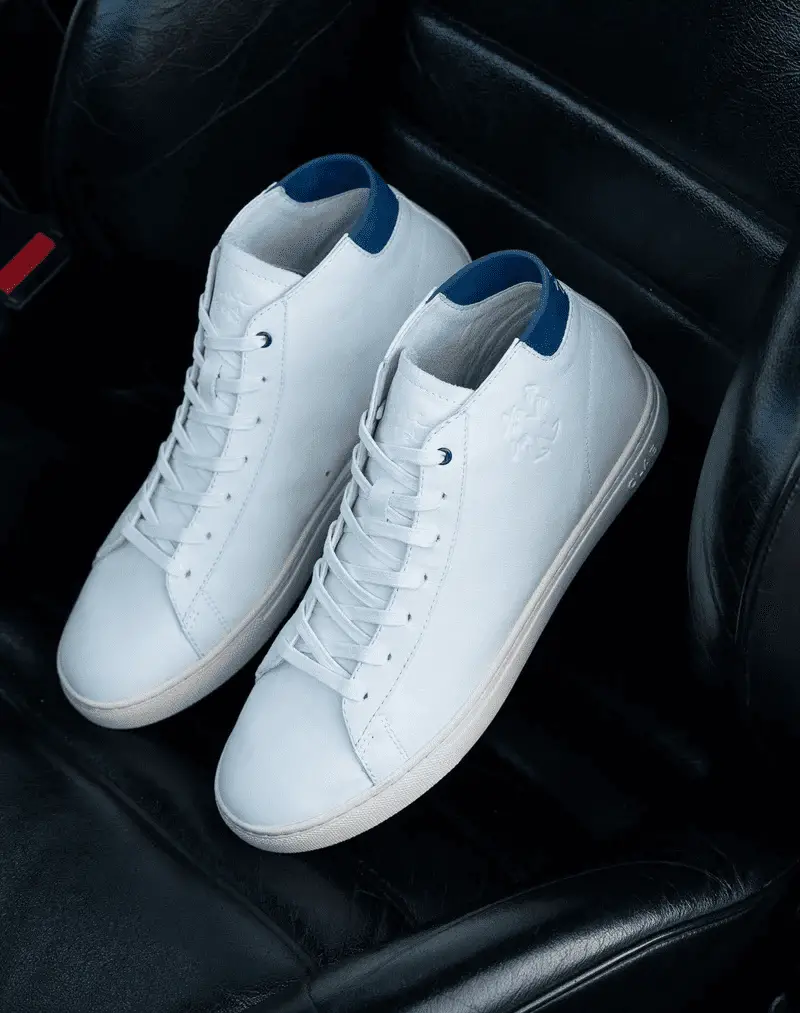
Clae is an environmentally friendly footwear brand that has existed since 2001. The brand’s shoes are carefully handcrafted with meticulous attention to comfort and quality, all while minimizing the environmental footprint.
They have shoes for both men and women. They recently produced a new line of sneakers made of cactus leather.
Find different sustainable shoe brands for your budget and needs.
House of fluff

Just as the name suggests, this vegan brand specializes in fluffy faux fur vegan coats. They have recently joined the cactus leather bandwagon and are now making super amazing cactus leather jackets.
Bohema

Bohema was the first brand to make cactus leather shoes back in 2019. This vegan brand’s products are carefully handcrafted in Poland with care for animals and the environment in their heart.
You are spoilt for choices when it comes to footwear. Whether you are looking for boots, sneakers, heels, flat shoes, flip flops, and accessories, they have them all.
Final Thoughts
Cactus leather is an animal-friendly and sustainable alternative to traditional leather. While it is still relatively new, the chances it will beat other vegan leathers in the industry are high.
If you have been lucky enough to own a piece of a cactus leather product already, what has been your experience? Does it compare with traditional leather?
If you haven’t found cactus leather yet, you can remain eco-friendly by buying second-hand or other vegan leather goods.
